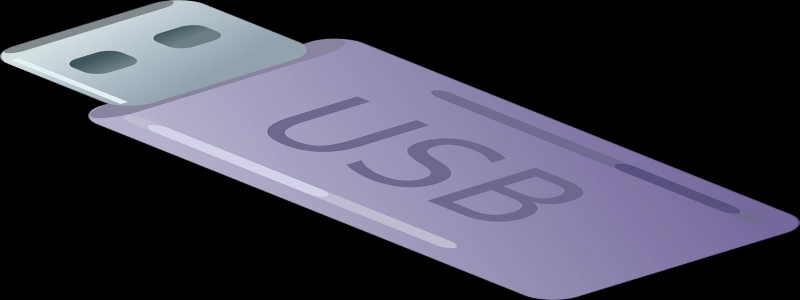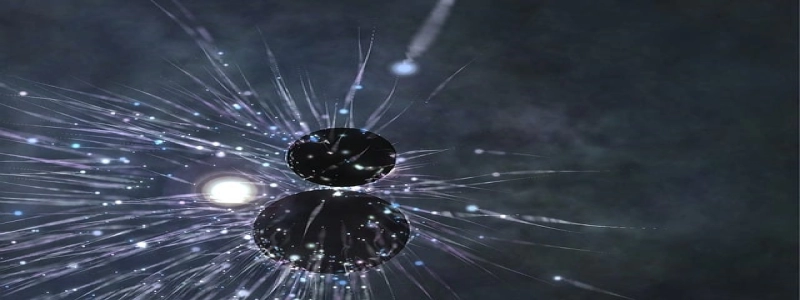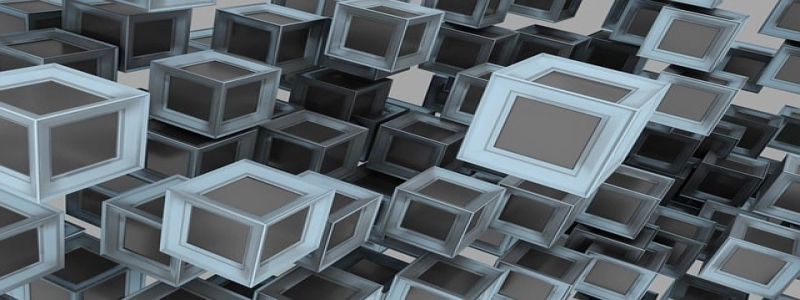How Deep Does Fiber Optic Cable Need to be Buried?
Giới thiệu:
Fiber optic cables have revolutionized the telecommunications industry, providing high-speed internet connections and reliable transmission of data. Tuy nhiên, when it comes to installation, one important consideration is how deep these cables need to be buried. This article will explore the factors that determine the burial depth and the importance of adhering to these specifications.
TÔI. Purpose of Burial Depth:
A. Protection: The primary purpose of burying fiber optic cables is to protect them from external forces, such as accidental damage or environmental factors.
B. Signal Interference: Deep burial ensures minimal interference from other infrastructure, reducing potential signal loss or degradation.
C. Aesthetics: Burying the cables underground helps maintain a clutter-free and visually pleasing environment for residents and businesses.
II. Factors Determining Burial Depth:
A. Geographic Location: The depth of burial varies depending on the region’s climate and terrain. Colder regions may require deeper burial to prevent damage from frost heaving or ice formation.
B. Traffic Load: Areas with heavy traffic, both vehicular and pedestrian, may necessitate deeper burial to withstand the weight and pressure.
C. Environmental Hazards: Burial depth should consider protection against natural calamities like floods, landslides, or tree root intrusion.
III. Standard Guidelines:
A. International Standards: Organizations like the International Telecommunication Union (ITU) and the Institute of Electrical and Electronics Engineers (IEEE) provide guidelines specifying the minimum burial depths for fiber optic cables.
B. Soil Composition: The type of soil, such as sandy, clay, or rocky, influences the burial depth requirements. Rocky terrains may require shallower burial due to difficult excavation.
IV. Recommended Burial Depths:
A. Residential Areas: Fiber optic cables usually require burial depths between 12 to 18 inches in residential areas, shielding them from accidental damage during routine digging or landscaping.
B. Under Roads and Driveways: Cables passing under roads or driveways should be buried at least 24 to 36 inches deep to ensure adequate protection against heavy traffic.
C. Crossings: When fiber optic cables intersect with other utilities like gas pipelines or power lines, the burial depth should be increased to a minimum of 36 to 48 inches to avoid potential damage during maintenance or repair.
V.. Compliance and Benefits:
A. Compliance with Regulations: Adhering to recommended burial depths ensures compliance with local building codes and telecommunications regulations.
B. Longevity and Reliability: Proper burial depth protects the fiber optic cables against external threats, enhancing their lifespan and uninterrupted transmission of data.
C. Cost Savings: Investing in adequate burial depth prevents frequent cable repairs or replacements due to damage, resulting in cost savings in the long run.
Phần kết luận:
Determining the burial depth of fiber optic cables is essential for the protection, signal quality, and overall functionality of telecommunication networks. Factors such as geographic location, traffic load, and environmental hazards influence the minimum burial requirements. Adhering to standard guidelines and recommended depths ensures compliance, longevity, and cost savings. By burying fiber optic cables at appropriate depths, we can pave the way for faster and dependable internet connectivity in our increasingly digital world.








